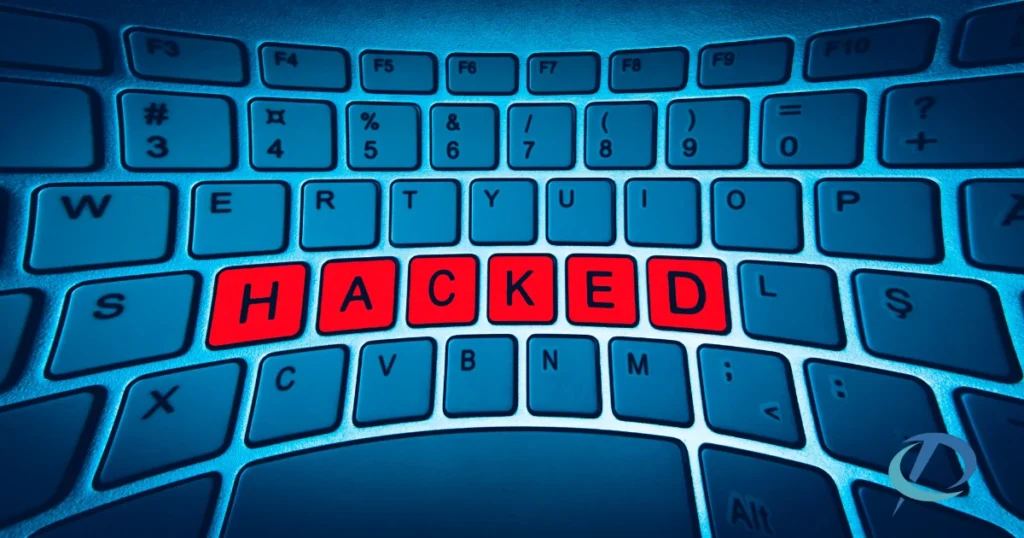Table of Contents
When most of us think about cyberattacks, we imagine sudden, chaotic events; a Company’s systems crashing, customer data being stolen, or ransomware demanding payment overnight. However, some of the most effective cyber threats are conducted by stealth, operating in the shadows for months without detection. These forms of attacks are often motivated by more capable and determined threat actors such as foreign intelligence services, state sponsored crime and terrorism or industrial espionage. The cyber effect may be hidden and waiting for the right moment to strike when it can make the most effect or simply used to continue stealing data until the attack is detected or the threat actor have what they came for. Why let your target know that you have infiltrated their systems? You might want to come back and do it again.
Lessons from Recent Cyberattack news
Recently, researchers uncovered a four-month-long cyberattack on a U.S. organisation with significant operations in China. The attackers, suspected to be linked to Chinese state-sponsored groups, used sophisticated techniques like Dynamic Link Library (DLL) side-loading, credential theft, and PowerShell scripting. Their aim was to infiltrate the network, monitor activity, and exfiltrate sensitive data, including email communications.
The breach is one of many that may have already happened and highlights how attackers can remain undetected for extended periods. The method of entry remains unknown, but it’s clear that their focus was on covert information gathering rather than immediate disruption. This case underscores the persistent threat businesses face from prolonged cyberattacks.
Understanding Long-Term Cyber Threats
Long-term cyber threats are often orchestrated by two primary types of actors:
- Foreign Intelligence Services (FIS): These groups aim to acquire strategic information, including political, technological, or military intelligence.
- Industrial Espionage Groups: These attackers target trade secrets and intellectual property to gain a competitive edge.
An example of such a calculated attack is Stuxnet, a cyber weapon used to sabotage Iran’s nuclear facilities. The virus was loaded on to the network via a USB drive achieved by the exploitation of personal security vulnerabilities leveraged by the intelligent use of social engineering techniques. Stuxnet remained hidden in systems for months, collecting data before delivering its destructive payload. This demonstrates the patience and precision involved in these types of cyber campaigns.
Why Businesses are Vulnerable
It goes without saying that businesses are lucrative targets for long-term cyber threats due to their vast repositories of sensitive data. Companies involved in international operations or holding intellectual property are particularly at risk. Attackers aim to silently monitor networks, identify vulnerabilities, and extract valuable data over time. In some cases, they may deploy malware that remains dormant until specific conditions are met.
Physical penetration of a business environments can facilitate these threats. Devices like rogue USB drives or hardware implants can be discreetly introduced to networks without employees realising it, further compromising security. Such methods highlight the need for vigilance not just online but also in the physical realm.
Strengthening your Information Security Posture
The best way to combat these long term cyber threats is to consider holistic Information Security, not just Cyber Security. Businesses need to adopt a multi-faceted approach that combines all 5 aspects of Information and Cyber Security (Procedural, Personal, Physical, Cyber and IT Security). Here are some actionable steps that you can consider immediately, each one of them are equally important:
- Business Awareness: Make sure you understand the value of the information and data that you process, not only to you but also to your stakeholders and to threat sources. If you understand the value of your information you can begin to appreciate who might want to destroy it’s confidentiality, integrity or availability.
- Employee Awareness: Training employees to recognise phishing attempts, suspicious activities, and social engineering tactics can prevent many breaches. Employees should also be educated about the dangers of physical intrusion, such as unknowingly introducing rogue devices into the network.
- Advanced Monitoring Tools: Use advanced software tools that can detect unusual network activity, unauthorised access, and anomalies in real-time to catch threats early.
- Physical Security: Implement strict access controls to prevent unauthorised physical access to systems. Regularly check for and remove unauthorised devices that could have been introduced to the network. Combine this with surveillance and physical audits of sensitive areas.
- Incident Response Planning: Have a plan in place to quickly isolate and respond to breaches. Regular testing ensures your team knows what to do during an attack.
- External Expertise: Work with cybersecurity professionals to conduct business impact analysis, vulnerability assessments, penetration testing, and forensic analysis when necessary.
By integrating these measures, businesses can significantly enhance their resilience against long-term cyber threats.
The Business Imperative
Businesses thriving under the digital economy need to be mindful that cyber-attacks are a greater risks that can take down the whole business if ignored. The threat of prolonged silent cyberattacks are even more dangerous, quiet, strategic and highly damaging, this is just a reality that businesses have to face. These attacks can take different forms, physical and technical, which should be a reminder that cybersecurity is not just about firewalls and antivirus software. It’s about building a culture of vigilance and staying one step ahead of attackers. Learning from incidents and historical examples like Stuxnet, businesses can better understand the evolving tactics of cybercriminals. Combining employee awareness, cutting-edge tools, physical security measures, and expert guidance, companies can reduce their exposure to these silent threats.




